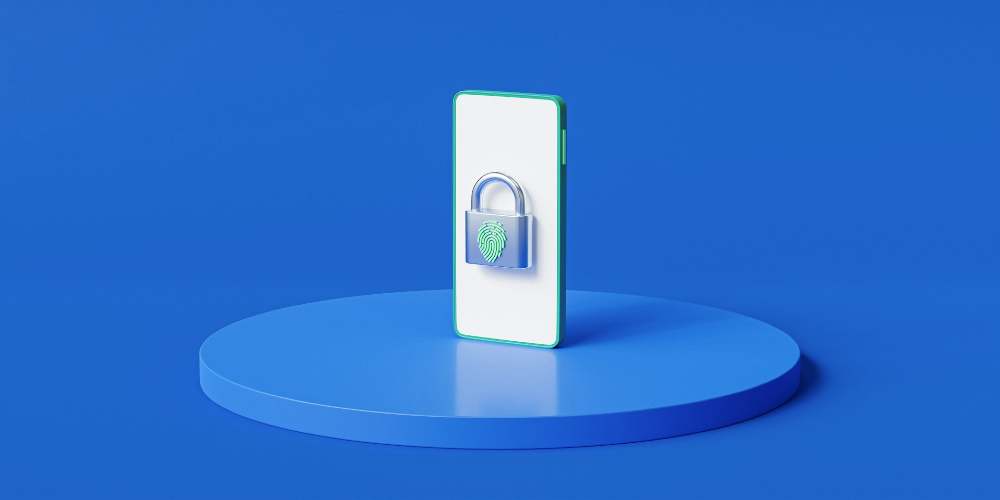Is Your Business Really Safe? Identifying The Unseen Hazards of Information Security
The integration of technology in business has afforded large and small organizations with a plethora of advantages. As a result, businesses are increasingly reliant on technology for their day-to-day operations. While this digital transformation brings efficiency and convenience, it also opens the door to a plethora of information security threats that can jeopardize the very core of a business. Though most organizations are aware of the common cyberthreats, it’s often the lesser-known risks that leave them vulnerable.
Unmasking Lesser-Known Threats
1. Social Engineering Attacks
Beyond the conventional malware and phishing scams, social engineering poses a subtle yet potent threat. Crafty cybercriminals exploit human psychology to manipulate individuals into divulging sensitive information. From impersonating trusted colleagues to creating fake emergency scenarios, these attacks can be challenging to identify.
2. Insider Threats
While we often focus on external threats, the risks originating from within an organization can be equally damaging. Disgruntled employees or those unaware of security protocols may unintentionally compromise sensitive data. Implementing stringent access controls and regularly educating employees on cybersecurity best practices is crucial to mitigate these risks.
3. Supply Chain Vulnerabilities
Businesses are increasingly interconnected through supply chains, creating a ripple effect of vulnerabilities. A breach in one link of the supply chain can have cascading consequences. Regularly assessing and auditing the security measures of partners and suppliers is vital to shoring up these potential weak points.
Strategies to Mitigate Risks
1. Robust Employee Training Programs
One of the most effective ways to combat social engineering is through well-informed employees. Implement comprehensive training programs that educate staff about the various forms of social engineering attacks, emphasizing the importance of verifying requests for sensitive information.
2. Multi-Factor Authentication (MFA)
To bolster defenses against unauthorized access, businesses should adopt multi-factor authentication. This adds an extra layer of security by requiring users to verify their identity through multiple means, such as passwords, biometrics, or security tokens.
3. Regular Security Audits
Businesses should conduct regular security audits, not only internally but also across their entire supply chain. Identifying vulnerabilities and addressing them promptly can prevent potential breaches before they occur. Collaborate with partners to establish standardized security protocols within the supply chain. Another way to manage information security risks is to invest in an operational risk management tool, which can identify vulnerabilities and provide solutions in real-time.
4. Data Encryption
Encrypting sensitive data ensures that even if unauthorized access occurs, the information remains indecipherable. Implementing robust encryption protocols for both stored and transmitted data adds an additional safeguard against potential breaches.
What to Do When Compromised
No security measure is foolproof, and businesses must be prepared to respond swiftly if a breach occurs.
1. Incident Response Plan
Developing a comprehensive incident response plan is critical. This plan should outline the steps to be taken in the event of a security breach, including communication protocols, legal obligations, and strategies for minimizing the impact on operations.
2. Communication Transparency
In the aftermath of a security breach, transparent communication is key. Keep stakeholders, including customers and employees, informed about the situation, the steps being taken to address it, and any potential impact on their data or operations.
3. Collaborate with Authorities
If a breach involves criminal activity, collaborate with law enforcement agencies. Reporting the incident promptly can aid in the investigation and increase the chances of apprehending the perpetrators.
Safeguarding data is of the utmost importance. Businesses must remain vigilant against both well-known and lesser-known threats. By understanding the nuances of social engineering, addressing insider risks, and fortifying supply chain vulnerabilities, businesses can enhance their overall security posture. Implementing proactive measures, such as robust employee training, multi-factor authentication, and regular security audits, can significantly reduce the likelihood of a breach.
Additionally, having a well-defined incident response plan and prioritizing transparent communication can mitigate the impact when a breach does occur. In the complex world of cybersecurity, staying one step ahead is not just a precaution; it’s a necessity for the survival and success of any modern business.







0